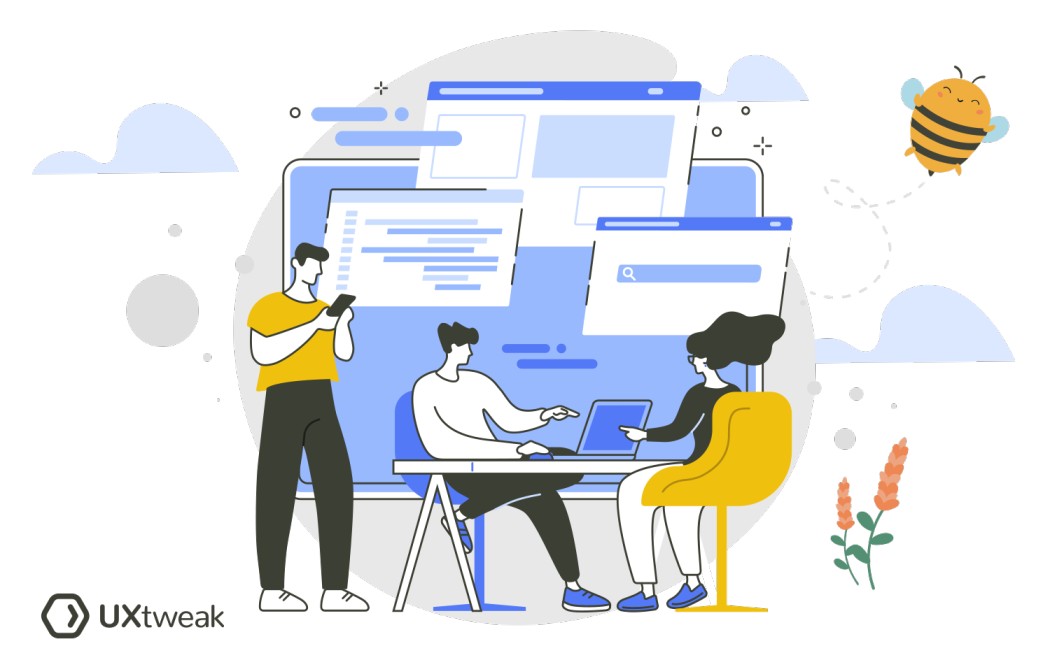What are the stages of the product development cycle?
The product development cycle typically involves the following stages:
- Ideation: Brainstorm and generate new product ideas by conducting thorough market research, analyzing user feedback, and aligning with business objectives.
- Design: Transform the selected idea into a tangible prototype using sketches, wireframes, and mockups. Evaluate the design’s usability through Prototype User Testing, ensuring it meets user needs.
- Development: Bring the design to life by building the product according to the specifications and features outlined in the design phase.
- Testing: Conduct comprehensive usability testing to identify and address any bugs or issues, ensuring a seamless user experience.
- Launch: Introduce the fully developed and tested product to the market, promoting and marketing it to the target audience to maximize its potential success.
Why is the product development process important?
The importance of the product development process lies in its structured approach to taking an idea from conception to market launch. With methodical planning and execution at each stage, businesses can manage resources efficiently, reduce risk, validate assumptions, and adapt to feedback promptly.
How to implement the product development cycle?
- Setting SMART objectives for the product
- Identifying key user needs and market opportunities
- Creating a cross-functional team to manage and execute the development cycle
- Following the cycle stages rigorously, from ideation to launch
- Collecting user feedback and metrics at each stage for continuous improvement
FAQ
While the product development cycle covers the process from ideation to launch, the product life cycle extends beyond to include stages like growth, maturity, and decline, representing the product’s entire life span in the market.
The length of the product development cycle can vary greatly depending on the complexity of the product, resources available, and the methodologies used. It could range from a few months to a few years.
Factors such as market demand, technology trends, available resources, business strategy, and user feedback can significantly influence the product development cycle. These factors can affect the duration, cost, and success of the product development process.






